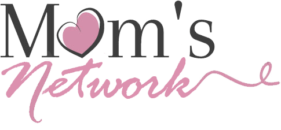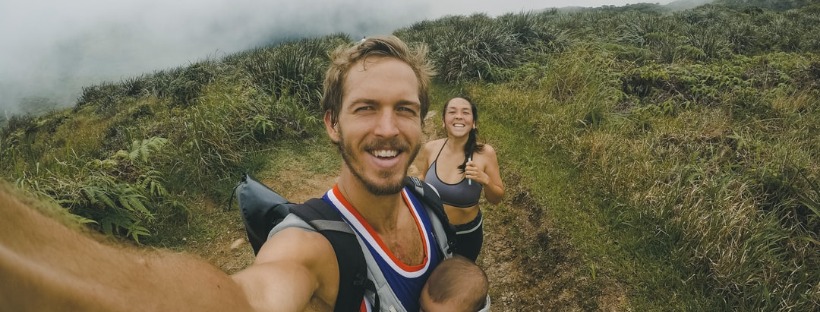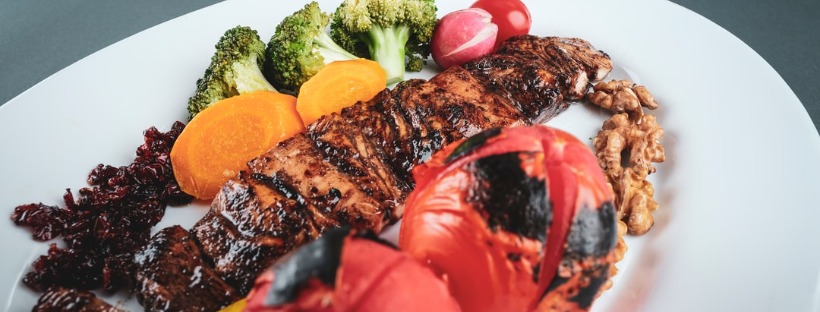My philosophy of parenting is schedule a little, play a lot.
I believe in the power of long stretches of unscheduled time where kids are free to play outside, use their imagination, and work through bouts of boredom. Momma ain’t no cruise ship director.
BUT, I also believe in the beauty of creating space for intentional learning. As we raise our kids to be curious humans who seek out opportunities to learn, we like to provide a window of intentional time each day to dig deeper into areas they’re interested in.
In April of each year, we begin asking our kids to brainstorm topics they’d like to explore. Our family whiteboard soon becomes a scribbly mess of ideas.
I take those topics and scour the internet for the best resources- books, toys, videos, apps, websites. It’s my favorite part of the process :).
In this series of posts, I’ll be sharing what we’ll be using to create spaces for intentional learning.
First up: The Human Body.
Hands-On Learning
Contents
What’s Inside a Drop of Blood? Using a few kitchen ingredients, you can help kids learn about the components of blood. I recommend pairing this activity with the book Inside the Blood to dig even deeper. Challenge kids to research and find answers to the following:
- What’s plasma?
- What’s the difference between red and white blood cells?
- What in the world do platelets do?
Shrinky Dink Cell Model : What a creative way to learn about cells! Simply print the template onto shrinky dink paper, color it in, and bake. I plan on pairing this activity with the Biology: Cell Structure video. After learning about each cell part, kids could take turns quizzing each other on what the different parts do.
The 4D Human Head model from TEDCO allows kids to take apart (14 pieces) and rebuild the human head! The kids favorite part about this is how it allows them to look at the different parts of the brain and talk about what each part is and does. The model comes with an assembly guide and an information sheet detailing the different parts and what they do. We’ve used it as a way to make observations, talk about what we know, and ask questions. The quality is REALLY good– the pieces fit together really nicely and it’s easy enough for little hands to get apart.
Human Body Anatomy Adventure Kit is a collection of 8 already-put-together-for-you activities about the human body. Kids can examine the inside of a tooth, listen to a heartbeat using a DIY stethoscope, learn how the lungs work, investigate how organs are arranged in the torso, etc. My elementary kids can use this kit independently, which I love because it encourages them to build their self-learning skills. So far our favorite activity has been learning how the lungs work.
Exploring the Nervous System : Kids of multiple ages can work together to create a model of the nervous system using paper and yarn. Kids can then model what happens when we smell a flower, eat something bad, or cut our finger.
Living Life and Learning has a couple free sets of downloadable printables for kids: one for preschoolers, another for early elementary, and a third about the digestive tract.
KiwiCrate has a Body and Me crate where kids can sew together some of the major organs out of felt, and then place them in the correct spot. Our youngest (age 5) will be working on that independently.
Create a Life Size Body Map As a culminating experience, we’ll have the kids create their own life-size body map. I love how Pink and Green Mama just used whatever materials she had on hand- such a great exercise in creativity! I think the kids will love it.
Books
The Super Simple Body book series is my current favorite series on the body. Each book investigates one part of the body- ears, eyes, heart, brain, etc. Don’t let the small size of the book fool you- they are chalk full of information that is just right for young elementary kids. Simple hands-on activities are Interspersed throughout the book as well. Most of the activities are ones that kids can manage independently. Tip: these books are quite pricey, so I’d recommend requesting them from your local library.
The Human Body Shine-A-Light book is a fun one for younger kids. Read the book with a flashlight in hand. On each page, the light illuminates a hidden picture- a baby inside a momma’s tummy, the muscles of a soccer player, or the fingertips of a hand. It’s a great way to start the conversation with young kids about some of the fun ways our bodies work.
The Fantastic Elastic Brain is a book about growth mindset for kids. Our brains are AMAZING– they can grow and change and learn tons of things! By reading this book, kids learn that it’s by stretching our brain that it grows stronger.
Our older kids have spent some serious time pouring over human body encyclopedias. Human Body! by the Smithsonian is particularly fantastic– the graphics are downright incredible.
Websites/Apps
Kidshealth.org has created a series of short videos about the human body for kids. Here are a few of our favorites:
Urinary System
The Brain
The Endocrine System
Storybots is probably best known for their highly sticky song about the planets, but they also have some about the body. Listen at your own risk :).
Digestive system
Brain
Older kids might want a few more details. We’ll be using these videos for them:
Heart and Lung Lab is an app that allows kids to learn about the more nuanced features of the heart and lungs.
The Human Body app by Tinybop has won a gazillion awards and for good reason. Designed for kids 4+, this app allows kids to explore 8 of the body’s systems: skeletal, muscular, nervous, circulatory, respiratory, digestive, immune, and skin. Kids guide themselves through the different areas, learning a ton and interacting with each in an interesting way. AND, as if this wasn’t enough, they provide a free handbook for parents to go along with it! Bonus: You can try it free using the Lite version.
And, for the tiniest of kids, don’t overlook Toca Boca Doctor. It’s a hands-down favorite of all my kids when they were 3-5 years old.
I hope this is helpful as you plan your family’s learning adventures–if you come across any other resources, comment below so we can all learn from you!



